The Hidden Costs: What Honda Warranty Doesn't Cover
Understanding Your Honda Warranty: The Basics
Before we jump into what's not covered, it's helpful to quickly recap what a standard Honda warranty typically includes. Generally, you'll find a Bumper-to-Bumper Limited Warranty (often 3 years/36,000 miles, whichever comes first) and a Powertrain Limited Warranty (often 5 years/60,000 miles). These cover defects in materials or workmanship for most of your vehicle's components, from the engine and transmission to many electrical systems and body parts. It's designed to protect you from a car that simply wasn't built right. However, this protection has its boundaries, and it's these boundaries we're here to explore today.
Many new Honda owners assume their warranty is an 'all-you-can-eat' buffet of free repairs, but that's rarely the case. Think of it more as a safety net for manufacturing faults, not a comprehensive maintenance plan or an insurance policy for every bump and scrape. Being proactive and informed is your best defense against unexpected costs.
Wear and Tear: The Inevitable Exclusions
This is perhaps the biggest category of exclusions and one that often catches owners off guard. Your Honda warranty is designed to cover defects, not the natural degradation of parts that occurs with normal use. Think of components that are designed to wear out and be replaced over time. These items are simply not covered because their lifespan is finite and depends heavily on driving conditions and habits.
Common wear-and-tear items that are typically excluded from your Honda warranty include:
- Tires: While some new car warranties might offer a limited period of coverage on tires through the tire manufacturer, the vehicle's warranty generally doesn't cover wear. Punctures, alignment issues from hitting potholes, or simply wearing out the tread are on you.
- Brake Pads and Rotors: These crucial components wear down with every stop. Replacing them is routine maintenance.
- Wiper Blades: Exposure to the elements and frequent use means these need regular replacement.
- Clutch Components: For manual transmissions, the clutch disc and pressure plate wear out over time.
- Light Bulbs: Headlights, taillights, and interior bulbs have a lifespan and are considered replaceable items.
- Fuses: These are designed to blow to protect circuits and are easily replaceable.
- Filters: Air filters, oil filters, cabin filters – these are all maintenance items.
- Spark Plugs: Essential for engine combustion, they degrade and need replacement at specific intervals.
External Damage and Accidents: That's What Insurance Is For
Your Honda warranty is not an insurance policy. If your vehicle sustains damage due to an external event, whether it's a fender bender, a major collision, or environmental factors, the warranty will not cover the repairs. This is where your auto insurance policy steps in. Damage from:
- Collisions: Any type of accident, big or small.
- Theft or Vandalism: If your car is stolen, stripped, or keyed, the warranty won't pay for repairs.
- Natural Disasters: Floods, hail, storms, fires, and other 'acts of God' are insurance territory.
- Chemical Exposure: Damage from harsh chemicals, bird droppings, tree sap, or industrial fallout that affects paint or finishes.
It's vital to have adequate car insurance to cover these unpredictable and often expensive events. Relying on your manufacturer's warranty for such incidents will leave you sorely disappointed and out of pocket.
Lack of Maintenance: Your Responsibility to Keep it Healthy
This is a critical area often overlooked by new car owners. Your Honda warranty is contingent on you, the owner, performing scheduled maintenance as outlined in your owner's manual. Failing to adhere to the recommended service schedule can, and often will, void portions of your warranty, especially if the resulting damage can be directly attributed to the lack of maintenance.
For example, if you neglect oil changes, and your engine seizes due to lubrication failure, Honda will likely deny your warranty claim. Similarly, skipping transmission fluid changes or timing belt replacements could lead to costly component failures that won't be covered. Keep meticulous records of all your service appointments, including receipts and mileage, whether you perform the work yourself or have it done at a dealership or independent shop. This documentation is your proof that you've upheld your end of the warranty agreement.
Modifications and Aftermarket Parts: Treading Carefully
Thinking of customizing your Honda? While personalization is fun, be aware of the potential warranty implications. Installing aftermarket parts or making modifications to your vehicle can jeopardize your warranty coverage, particularly if those modifications directly contribute to a failure. For instance, if you install a non-approved turbocharger kit and your engine subsequently fails, Honda is well within its rights to deny a warranty claim for engine repairs.
The Magnuson-Moss Warranty Act generally protects consumers from blanket warranty denials for using aftermarket parts, but the burden of proof is often on the consumer to show that the aftermarket part did not cause the failure. It's always best practice to consult with your Honda dealer before making significant modifications. For minor accessories that don't affect critical systems, you're usually fine. But for performance upgrades or major system alterations, proceed with caution and understand the risks.
Misuse, Abuse, and Environmental Factors
A Honda is built for reliable transportation, but it's not indestructible, nor is it designed for every conceivable scenario. Using your vehicle for purposes it wasn't intended for can void your warranty. This includes:
- Racing or Competitive Driving: Taking your daily driver to the track.
- Overloading: Exceeding the vehicle's weight capacity for passengers or cargo.
- Off-Roading (if not an off-road model): Pushing a standard CR-V through extreme terrain.
- Lack of Proper Storage: Damages caused by improper storage, such as rodent infestations chewing through wiring.
- Use of Contaminated Fuel or Fluids: Putting the wrong type of fuel or non-approved fluids in your vehicle.
The Fine Print: Exclusions and Limitations
Every warranty comes with extensive fine print, and it's worth taking the time to read it. There are often specific exclusions for certain types of damage or situations that might not fit neatly into the categories above. These can include:
- Consequential Damage: Damage that results from a primary failure that wasn't covered. For example, if you neglect an oil change (not covered), and the engine seizes (not covered), the subsequent damage to other components caused by the seized engine might also be excluded.
- Incidental Expenses: Costs like towing, rental cars, lost wages, or accommodation while your car is being repaired are typically not covered by the standard warranty, though some extended warranties or roadside assistance plans might include them.
- Cosmetic Damage: Minor scratches, dents, paint chips, or interior wear and tear that don't affect the vehicle's functionality are generally not covered unless they are manufacturing defects at the time of purchase.
- Routine Cleaning & Polishing: This falls under general owner upkeep.
Conclusion
While a Honda warranty offers invaluable protection against manufacturing defects, it's crucial for every owner to understand its limitations. From the inevitable wear and tear of daily driving to the consequences of skipped maintenance and aftermarket modifications, there's a lot your standard warranty simply won't cover. By staying informed, adhering to your vehicle's service schedule, and having appropriate insurance, you can navigate the road ahead with true peace of mind, avoiding those hidden costs and ensuring your Honda remains a reliable companion for years to come. Don't just assume; know your warranty!Where can I find my VIN?

Related Topics
- Mitsubishi CPO vs. New Car Warranty: A Head-to-Head Comparison
- Buying a Used Mitsubishi? What You Need to Know About Warranty Transferability
- Going the Distance: Understanding Roadside Assistance and Trip Interruption in Your Mitsubishi Warranty Package
- Decoding the Mitsubishi Warranty: The 10-Year/100,000-Mile Advantage

